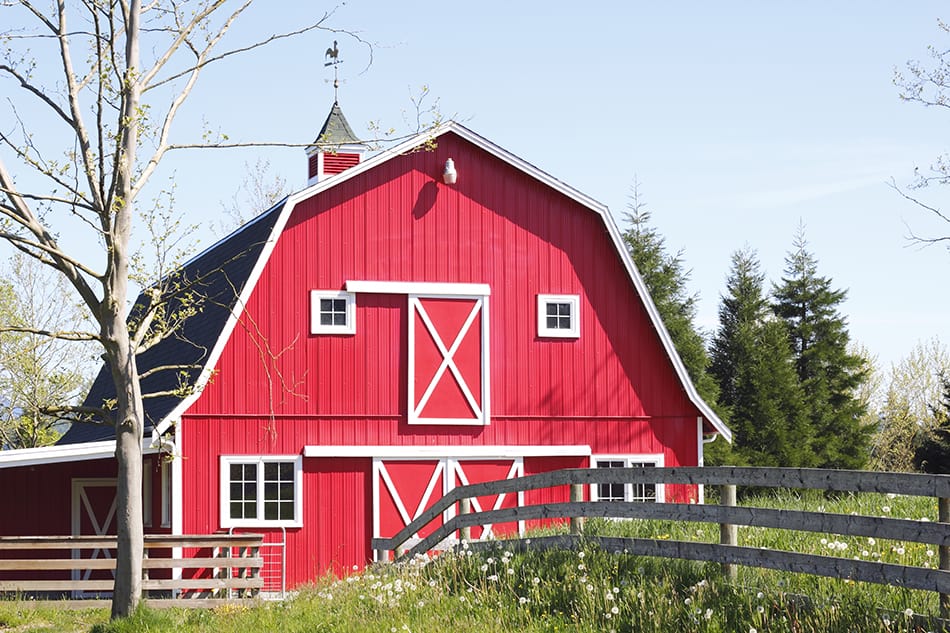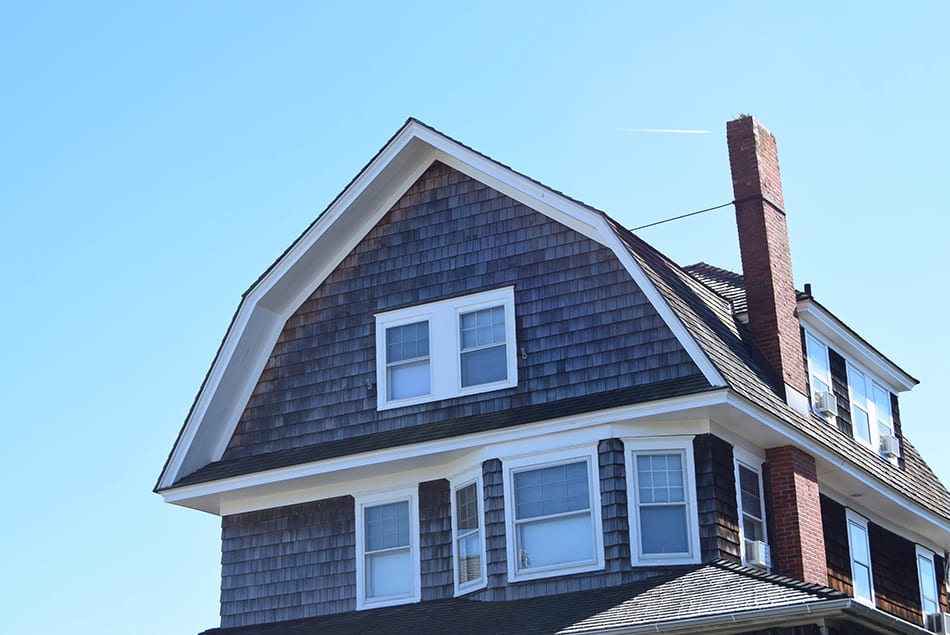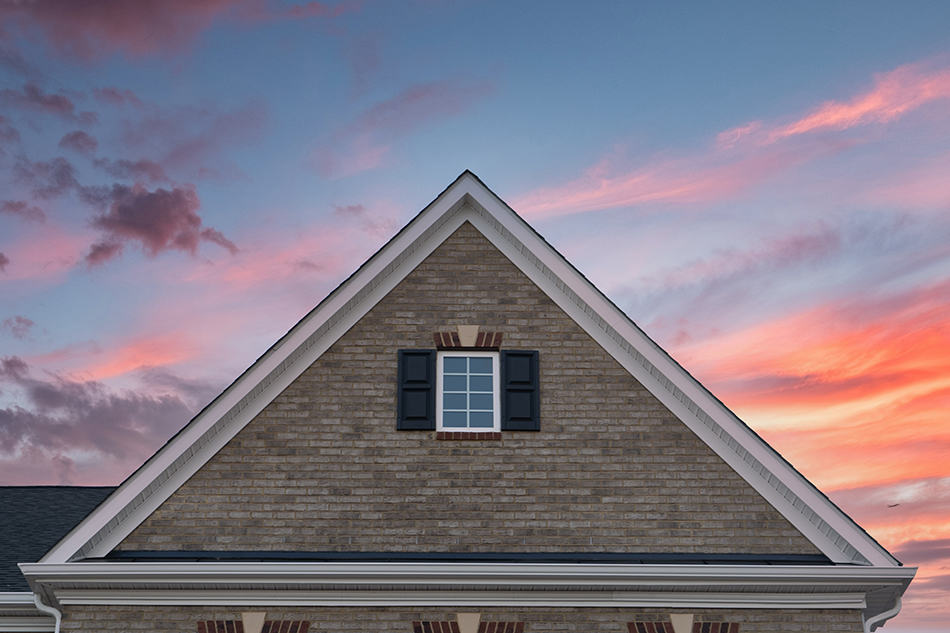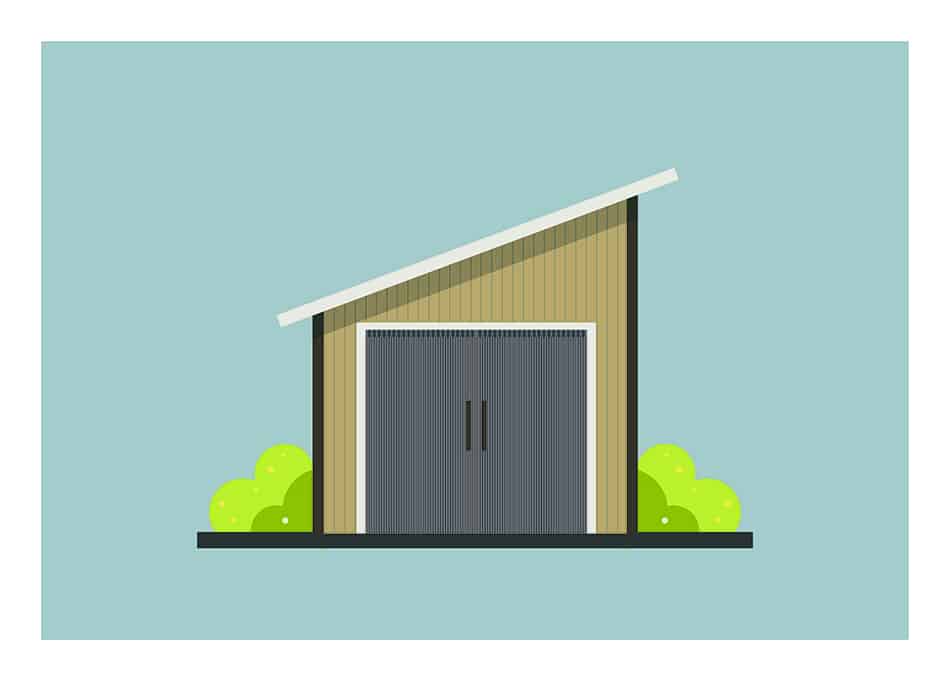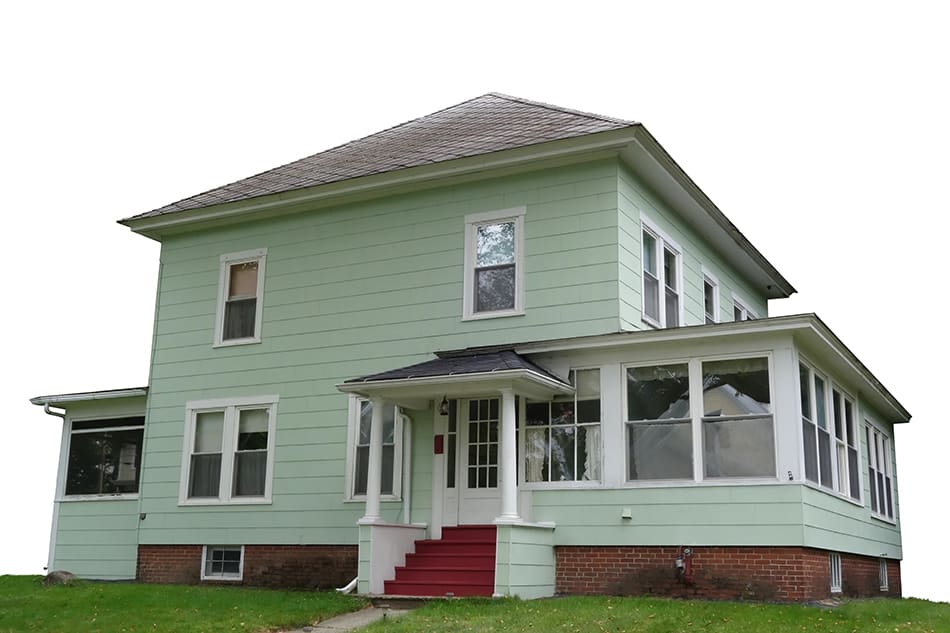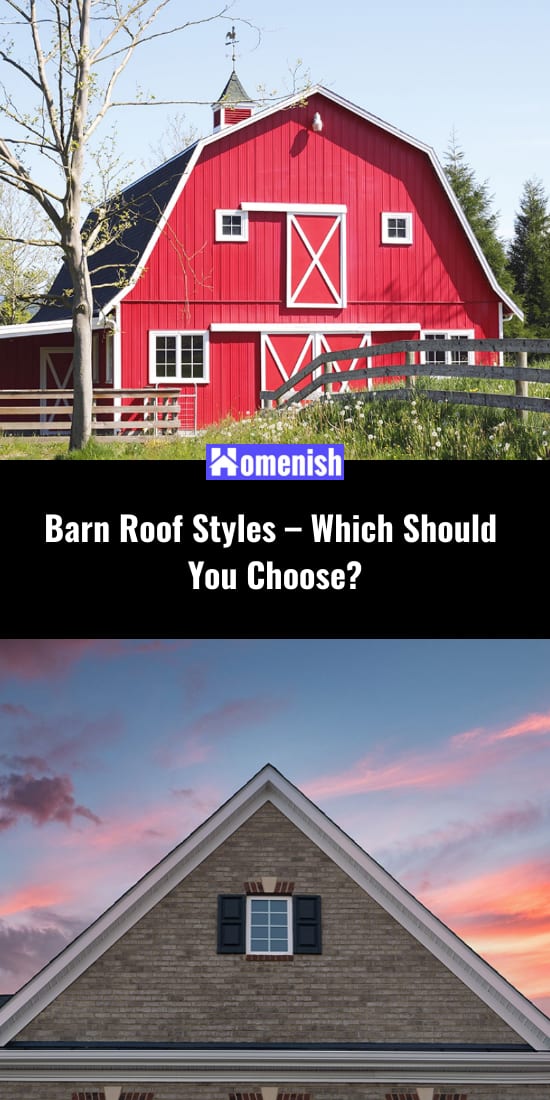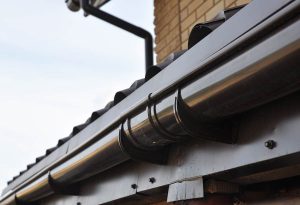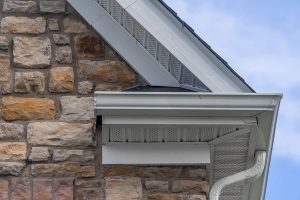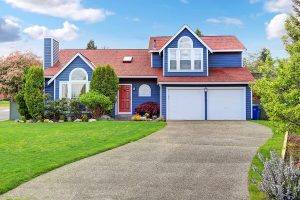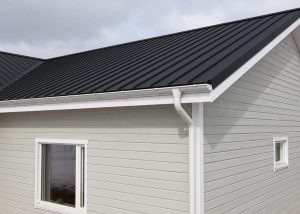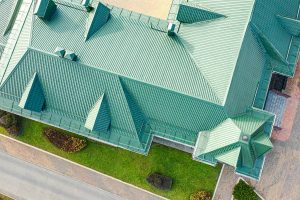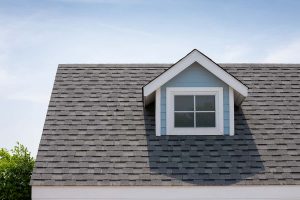Whether you’re building a new barn or redoing the roof on your existing structure, it’s important to choose the right roofing style and material to use for your climate and purposes.
In this post, we’re discussing the pros and cons of the most common barn roof styles in terms of shape as well as the best barn roofing materials to use.
Gambrel Roof
This design choice is the most iconic for American barns. It works well for two-story barns where you need a lot of headroom in the loft area. The shape of the roof features a two-slope design. Starting at the peak, the first slope is more gradual than the second. This allows for excellent drainage as the snow and rain slide right off.
These roofs give a nice appearance, but they’re not the easiest to frame. If you’re looking for a lot of storage space on a second-level, this could be the best solution for you.
Gable Roof
This two-sided roof is now the most common you’ll see both on houses and barns. It’s also called a pitched roof.
It’s very easy to build and provides even runoff for snow and rain. Out of the four types, it’s the easiest to ventilate and insulate. You could also add a second-story with this design.
The one downside to a gable roof is that it’s more susceptible to damage from strong winds. If you live in an area with high winds, you may want to choose one of the other styles instead.
Shed Roof
Building a shed-style roof is easier than a gambrel roof because it has only one slope. The front of the building is higher than the back, allowing the rain to roll off. Keep in mind that because the rain funnels to the back of the building, the ground behind your barn may get rather soggy after a good rain if you don’t install a gutter system to redistribute the water.
In general, you would use this type of roof on a single-story building. You could also install a loft in the front of the building where the roof is higher.
The detractor to this type of roof is that you don’t have as much headroom in the back. It also collects more snow than a gambrel roof because the slope isn’t as steep.
Hip Roof
In a hip roof, the four sides are equal in length and meet at the top to form a steep slope. This is generally a more expensive roofing system to construct due to the added materials needed to frame it and is, therefore, less common.
On the upside, it’s a very sturdy form of construction and does well for runoff and resisting strong winds. You can also add a narrower second story if you want more storage space.
How to Choose Barn Roofing Materials
Now that you have the different designs of barn roofs in mind, let’s take a look at the type of materials you could use to finish the roof. In some ways, this is even more important than the shape of the roof itself. It’s what will protect your building from the elements and determine how much maintenance your roof needs.
Water-Repellent
As you know, leaks are the biggest problem to look out for in a roof. Besides having shingles torn off or other damages, the most susceptible areas to leaking are along the seams and in the screw or nail holes.
That’s why it’s best to choose a roofing material that overlaps to redirect the water away from these vulnerable areas. You can also choose materials that are applied with adhesive rather than hardware.
Durability
You want your roof to last 20 years or more with little to no maintenance required. The longest lasting is metal. We’ll talk more about metal roofs below, but the most common is corrugated steel. If you don’t like the look of metal, the next most durable material is still asphalt shingles, which is what most people use on their houses.
Building Regulations
In rural areas, this isn’t much of a concern, but check if your area’s building codes require a certain style or material for roofing. In some areas, certain roofing materials may be prohibited. It’s always best to check first rather than be fined or have to change your roof when someone complains to the authorities.
Ease of Installation and Maintenance
If you’re installing or refinishing your own barn roof, you’ll want to think about how easy the material is to install and how easy it is to maintain. Again, asphalt shingles are the easiest to install and patch, though they do require more frequent maintenance than metal.
When you do need to work on metal and other types of roofs, you’ll need specialty fasteners, whereas, with shingles, simple roofing nails will do the trick.
Expense
While this shouldn’t be your primary concern, you do want to weigh your options. What gives you the best return for your investment?
Will a less expensive material last nearly as long as the next most expensive option? If so, that’s a wiser choice, even if you have to replace it a little sooner.
Barn Roof Material Options
With the above factors in mind, what are the best materials to choose from?
Corrugated Metal
The nice thing about using metal is it comes in such large sections, typically 8-10 feet in length and 27-48 inches wide. This means fewer seams between the panels and thus fewer opportunities for leaks. A metal roof can last 50 years or more. That means you’ll never have to replace it.
Also, metal roofing can be even less expensive than something like asphalt or cedar shingles. The price increases, of course, if you buy the thickest, most durable gauge.
Metal roofing usually comes in aluminum or steel panels, but you can also find paneling in tin, zinc, or stainless steel. Aluminum is nice because it’s lighter, but if you have strong winds in your area, you’ll be better off using the heavier steel panels. Interestingly, the price difference isn’t much. The rarer metal materials cost significantly more.
The reason more people don’t use metal is that they think it’s not as attractive. This concern is somewhat minimized on a barn because it’s meant to be more of a utility building. Metal does have the advantage of reflecting heat, so it keeps the inside of your barn cooler.
On the other hand, it’s not as intuitive to install, and it can be more difficult to repair than shingles, typically requiring you to replace a whole panel rather than patching it.
Asphalt Roof Shingles
Asphalt shingles are still the most popular for a few reasons:
- They’re inexpensive
- They’re a cinch to install
- They don’t require any special tools to maintain
- They should last between 20 and 30 years without a full replacement
Yes, asphalt shingles can be damaged or blow off in strong winds, depending on the slope of your roof, but they’re also easy to patch.
So, why would you not want to use asphalt shingles on your barn roof? Well, they’re not that visually appealing. Yes, they’re functional, but they’re also too normal. They do nothing to make your structure stand out. Maybe this isn’t a concern to you, but some people will want something more fashionable.
A more practical reason not to choose asphalt shingles is that they absorb and retain heat, making the interior of your building hotter than it would be if covered with a more reflective material.
You also don’t want to install asphalt shingles on a flat roof. The slope should be at least 2/12, meaning a 2-inch rise to every 12-inch run, to ensure adequate runoff.
Cedar Shingles
Cedar shingles are more expensive than asphalt, but they’re also a lot more fashionable. They can last as long as asphalt, but you have to maintain them more regularly, including re-staining them and replacing broken shingles. Freezing and expanding ice can do a number on a cedar roof. They also soften and break down in the sunlight.
Because this natural material isn’t the most water-repellent, make sure you have a steep slope (at least 4/12) to help the water run off.
Wood Shake Shingles
Like cedar shingles, these give your roof a natural appearance, but they’re generally twice as expensive as shingles because of the way they’re cut.
Shakes follow the wood grain, giving them an uneven but more fashionable look. Ironically, they’re not as waterproof as cedar shingles but can last longer, up to 30 years if you perform the proper maintenance.
Shakes shingles come in cedar, redwood, and cypress. Each type requires a slope of at least 4/12. Like cedar shingles, wood shakes do a great job of reflecting heat.
Other Roofing Materials
Asphalt roofing felt is covered in asphalt but comes in rolls. It’s a very cheap roofing material and keeps your roof waterproof if you install it properly, but it only lasts around 15 years. It also absorbs heat.
EPDM rubber is another long-lasting, low-cost material. It can last up to 50 years, but you’ll need to watch and repair and impact damage, as this roofing material punctures easily.
Rubber shingles are more expensive, but you may like the look better. They last just as long as the rolls.
Polycarbonate panels are thick plastic sheets with foam backing for insulation. They’re a mid-range cost option and last between 10 and 20 years, though they’ll show surface scratches quite easily.
Metal shingles are mid-range in expense but are still fairly uncommon. They last a lifetime.
Board-and-batten roofs use wood slats. Easy to replace when damaged, they’re also even more expensive than wood shakes and probably cost-prohibitive for a barn.
Clay tiles last up to 75 years but aren’t the most waterproof and can break easily from impacts. They are rather expensive.
Learn more about other roofing materials here.
